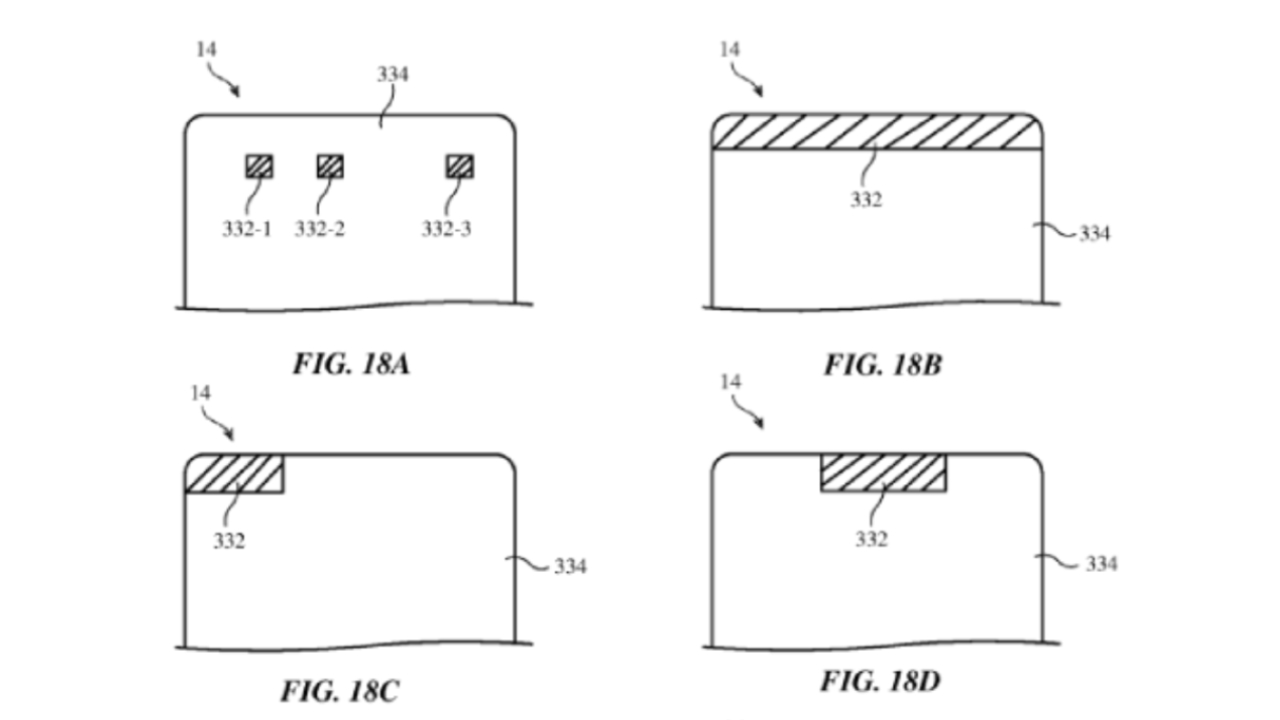
A recent Apple patent established with the EPO (European Patent Office) suggests that a huge change could be coming to iPhone and MacBook devices in the future: the permanent removal of the widely controversial notch. But it's not as simple as that, as the patent specifically explains how the company is looking to evolve the sensor technology stuffed on the front face of a device.
In the patent, Apple refers to the trend of borderless electronic devices gaining more popularity, but there is still a necessity for several kinds of sensors on the front face, including a camera, ambient light detector and proximity sensors. This is where the company's notorious notch comes in, but it seems as if Apple is actively figuring out a way to get rid of it by putting these sensors underneath the display.
Apple patent rethinks its controversial notch
While Apple makes reference to the practice of putting these sensors beneath the display, the company claims it's heavily flawed, as the amount of light that transmits through the display could be lower than 20% in the visible spectrum. This results in these sensors, including the camera, performing significantly worse than they would under normal circumstances.
But Apple claims to have found a better solution to this problem. While the company's extensive 38-page description patent can further explain how it intends to make this work, the display will essentially feature a transparent section harboring these various sensors.
Rather than a thick notch existing at the top of your iPhone or MacBook , it will instead feature a transparent section of the display utilizing two separate sensors to mitigate the issues found in reduced light. But even then, it's a little difficult to imagine what this would look like.

Apple itself still isn't quite sure where these non-pixel regions would go, as the image above illustrates that the configuration for the sensor and camera locations are still being figured out.
But would these regions be able to display content to the user, or would it simply be transparent only where the sensors and cameras are, allowing for more room to take in the display itself? Regardless, it is a challenging concept to bring to fruition, as it seems to be attempting to make the camera disappear into the display.







